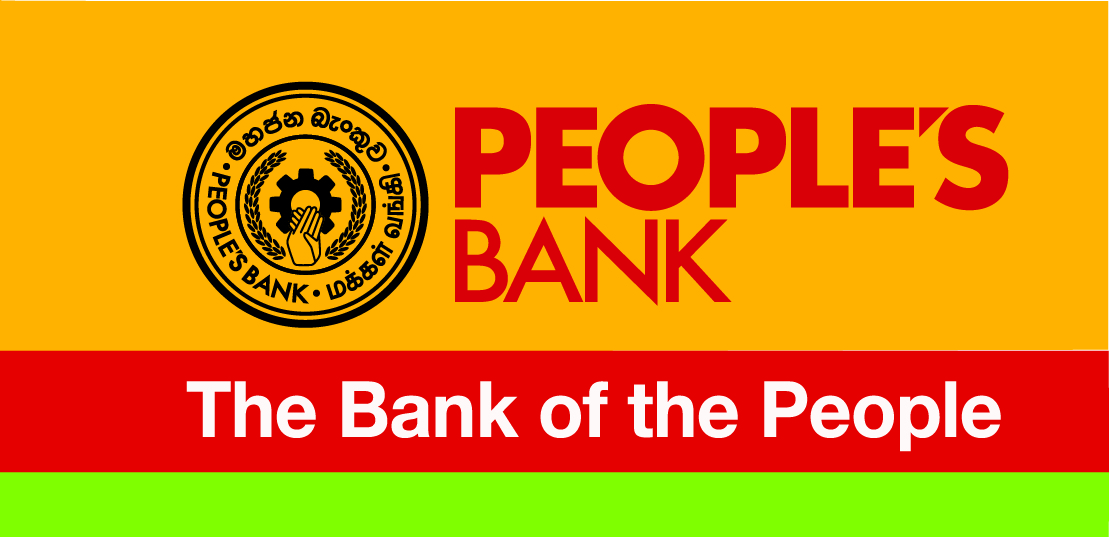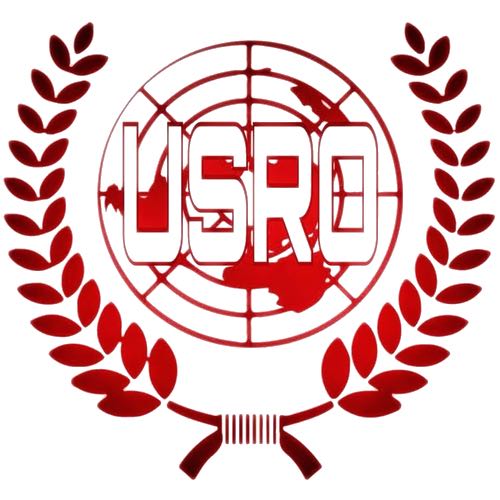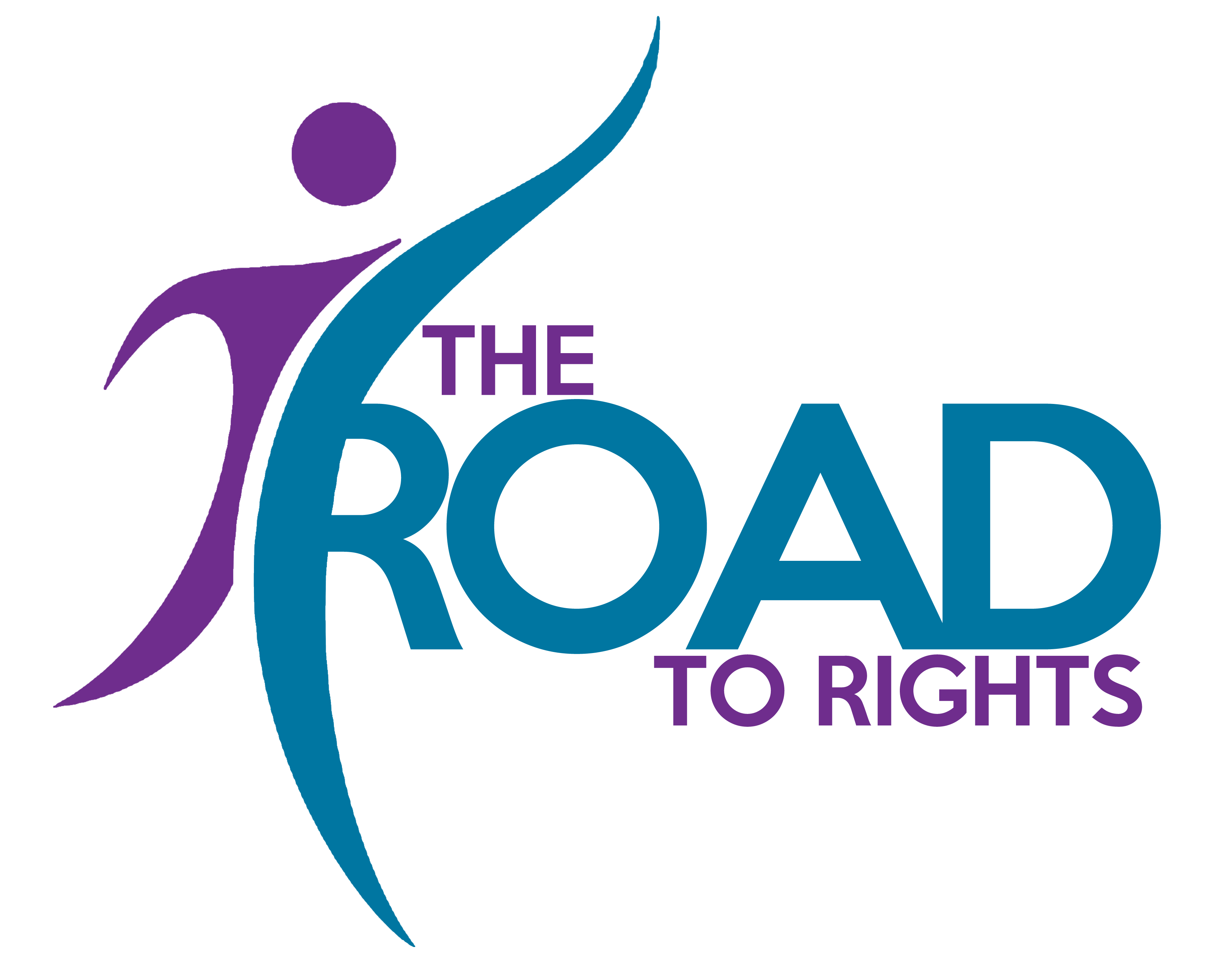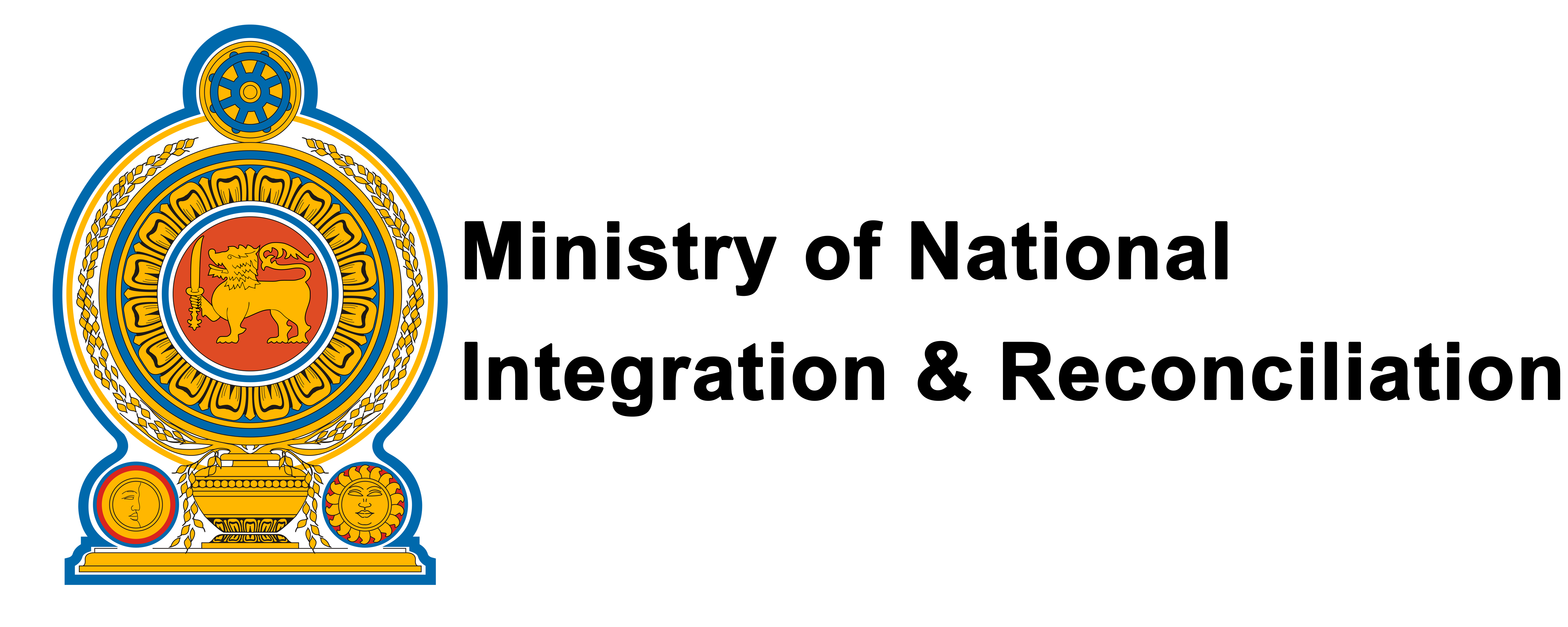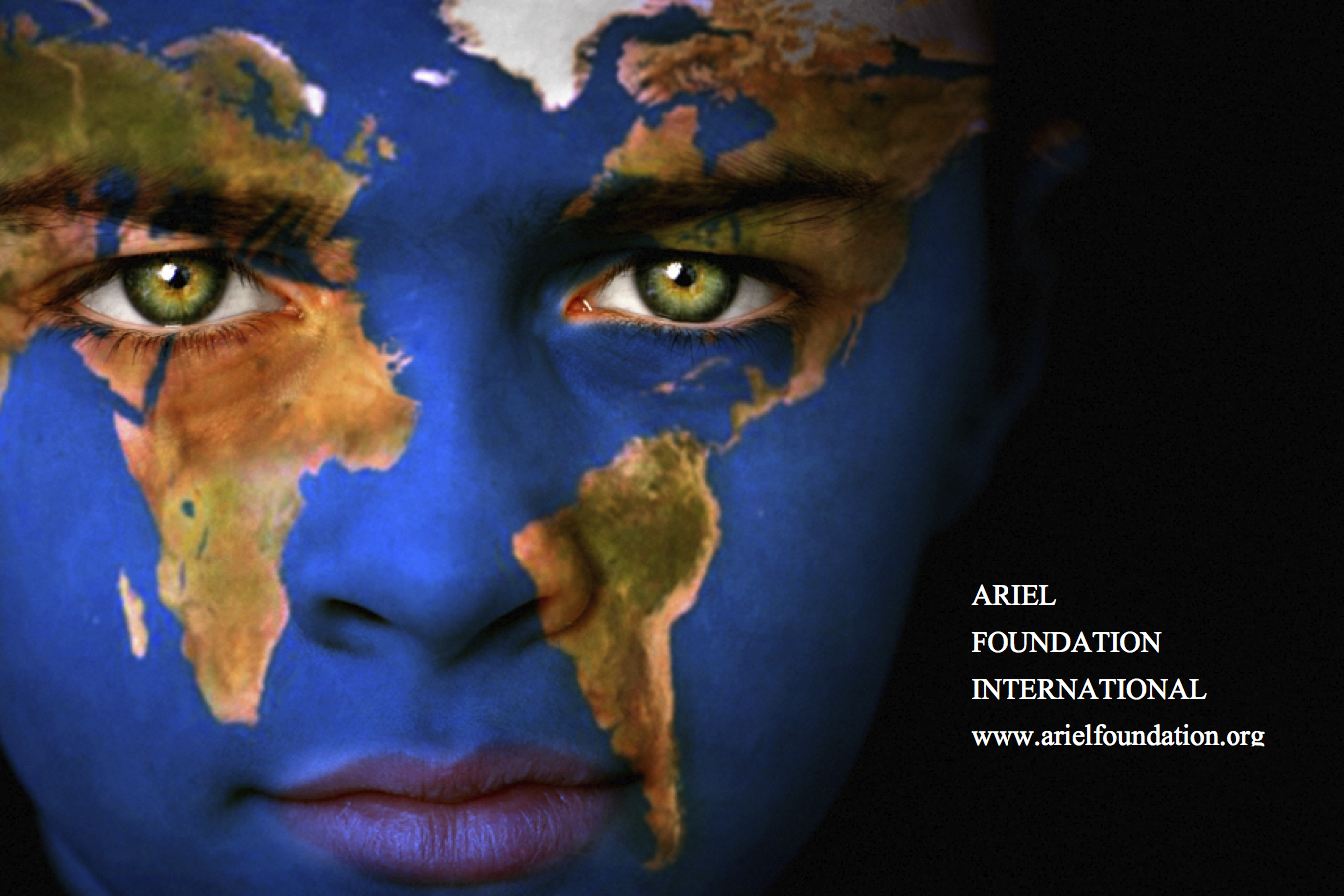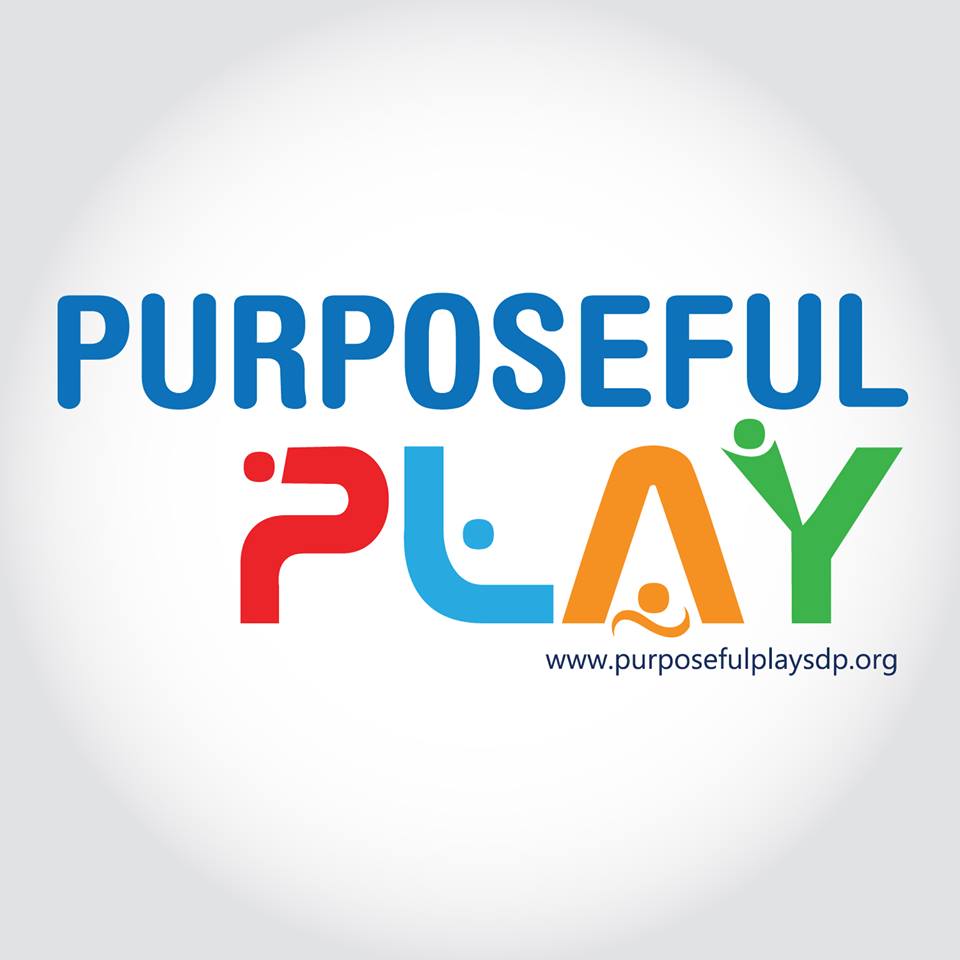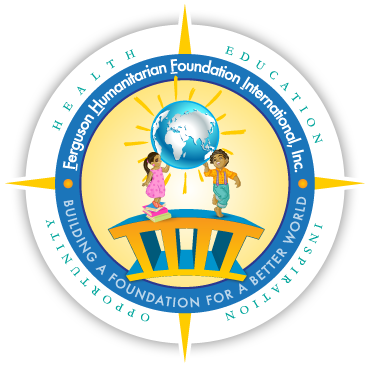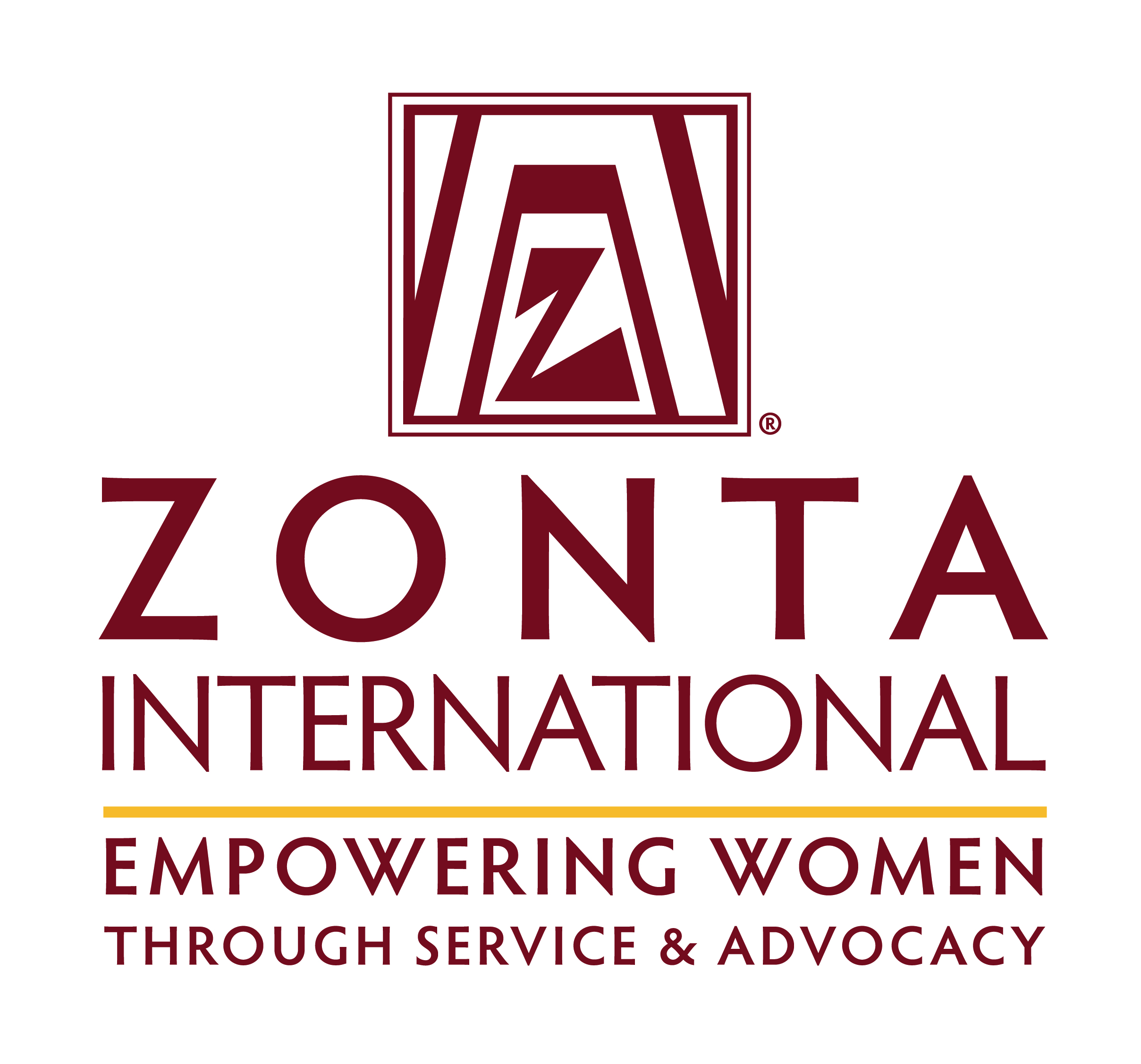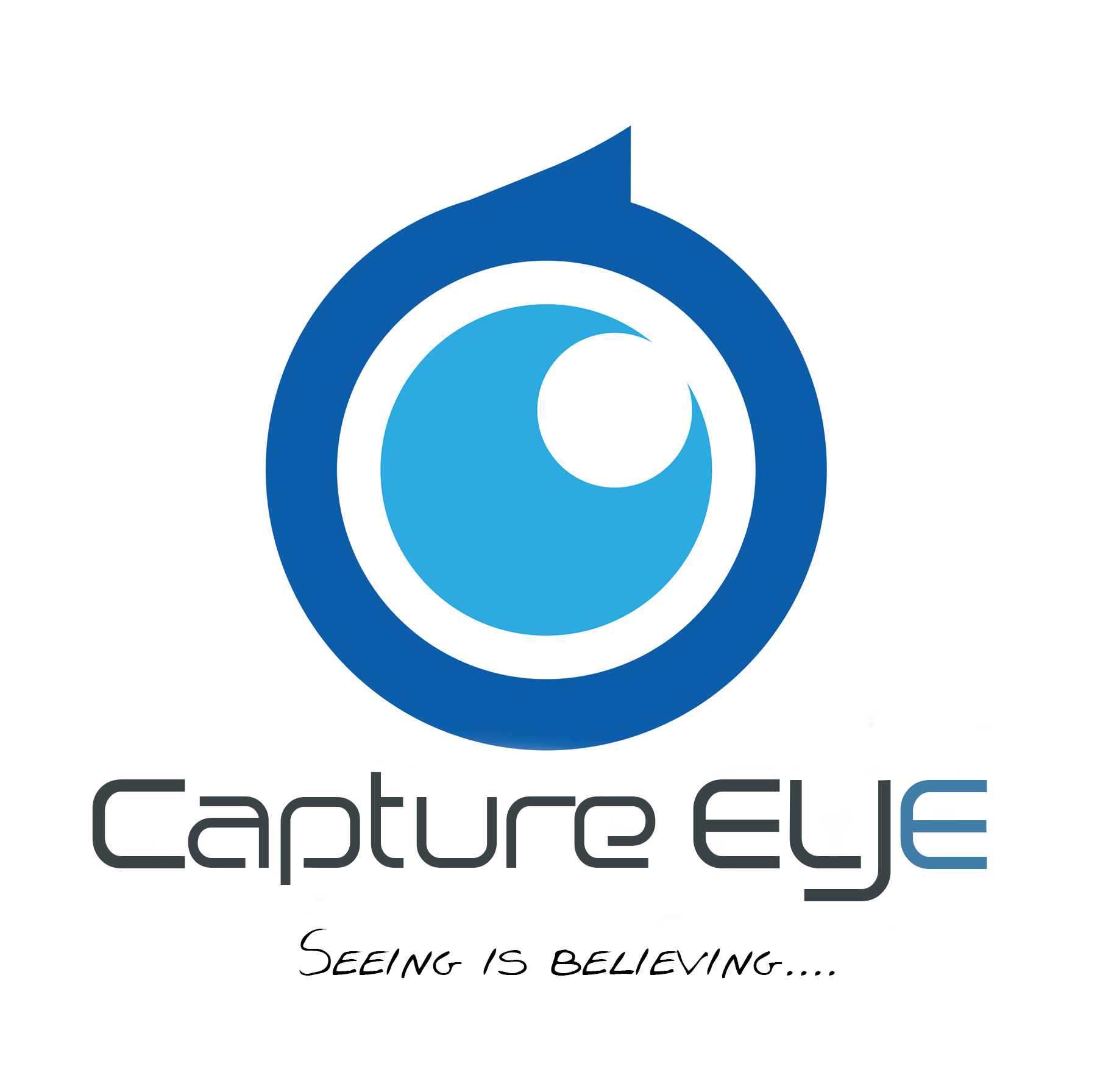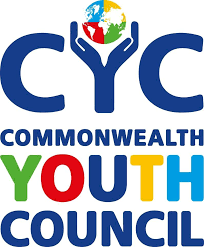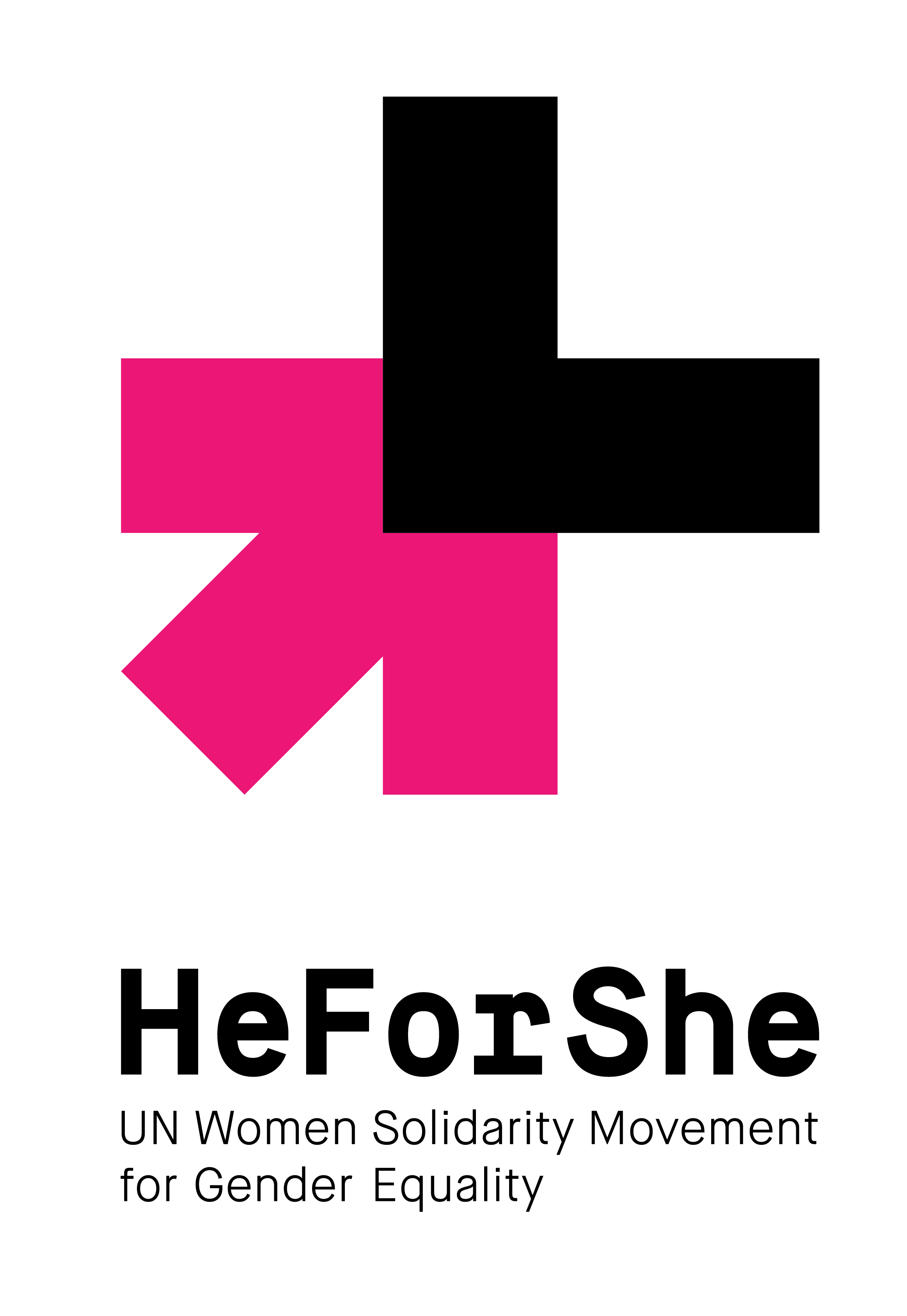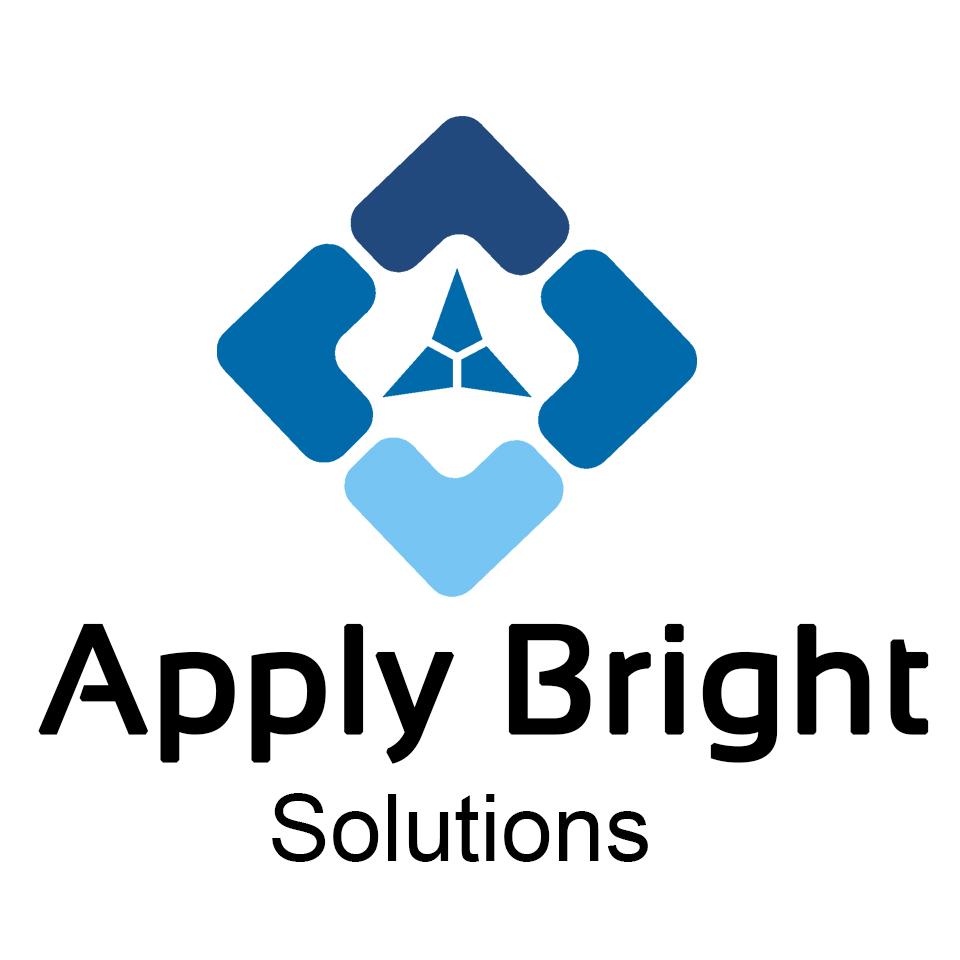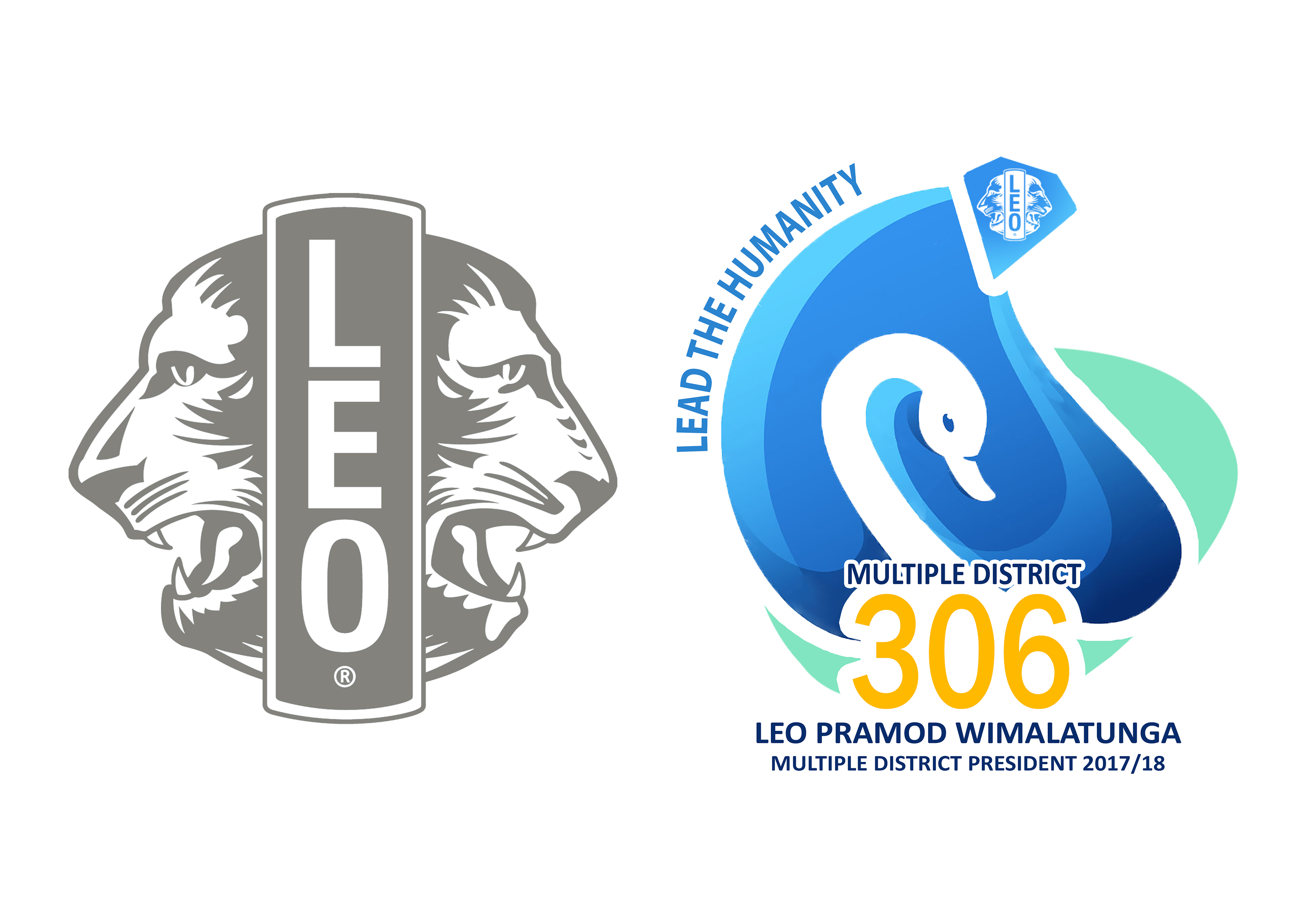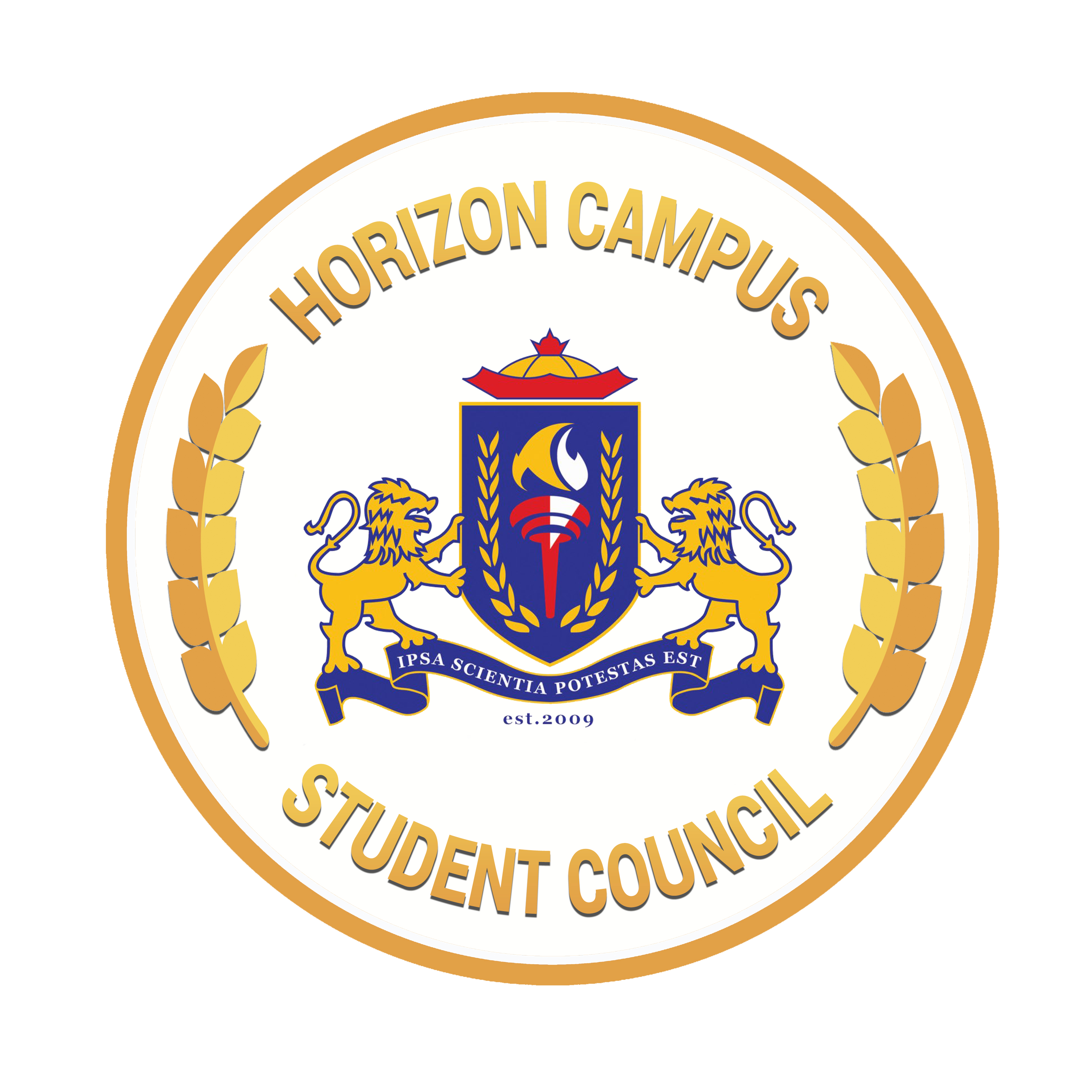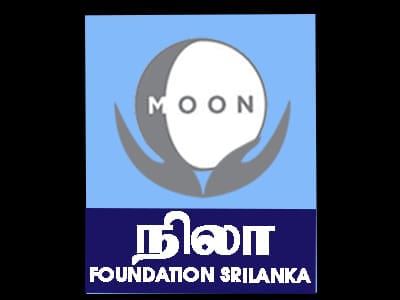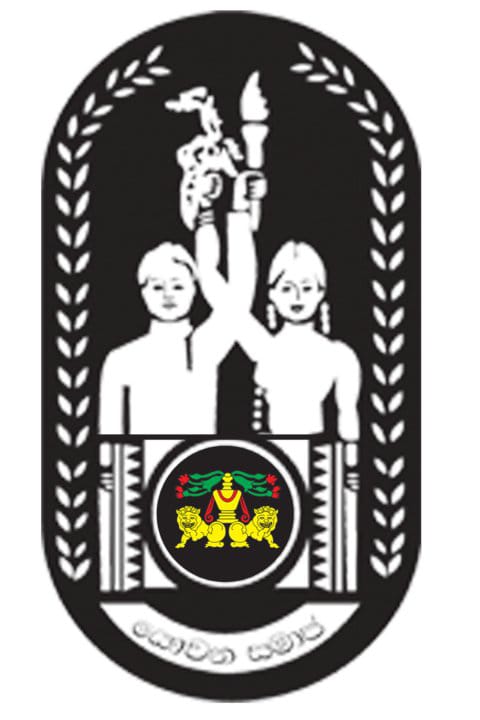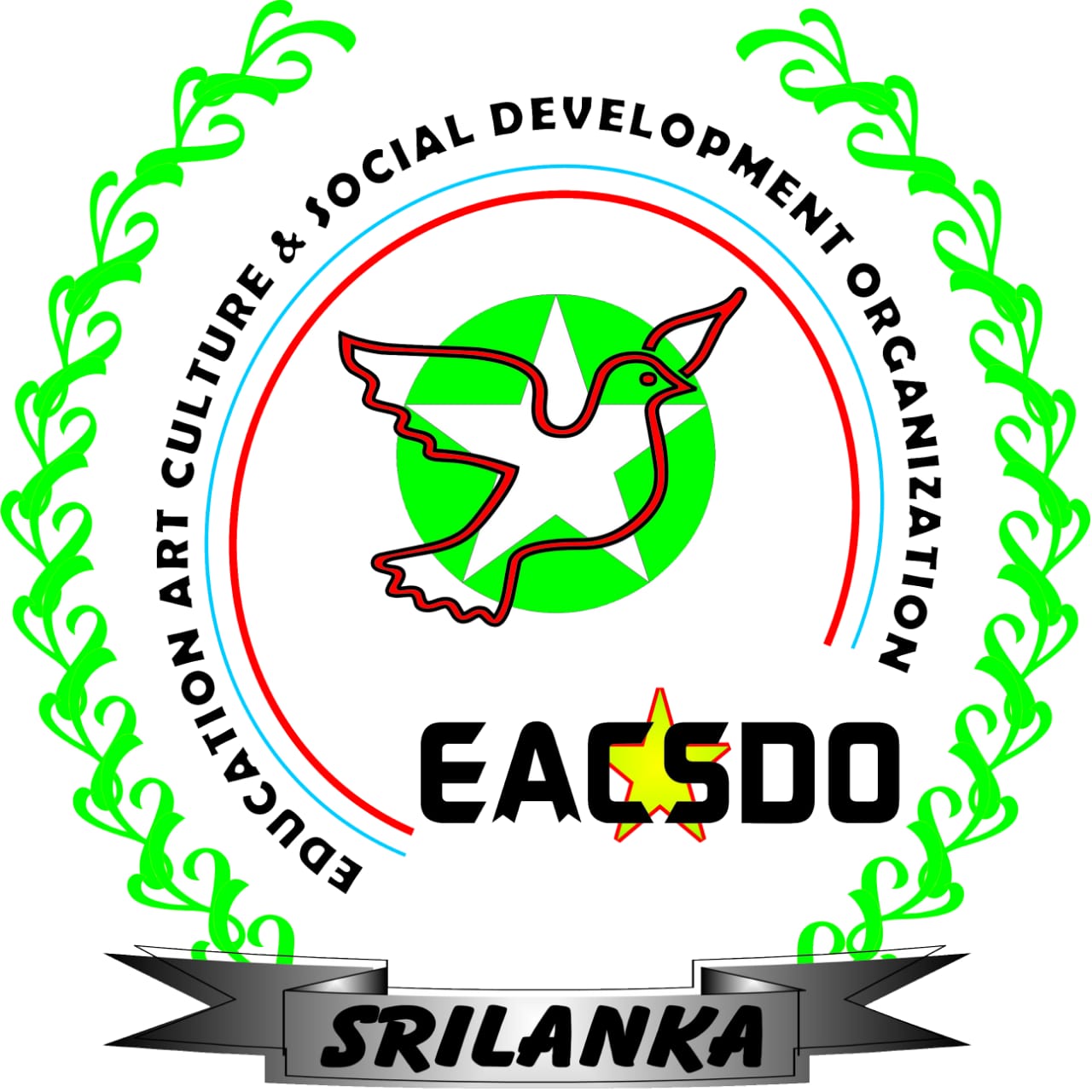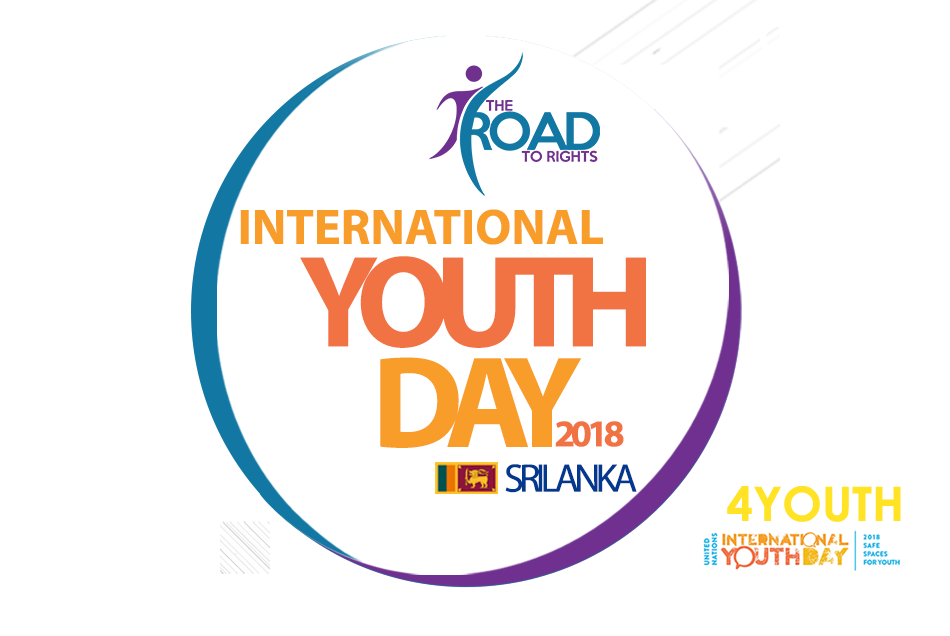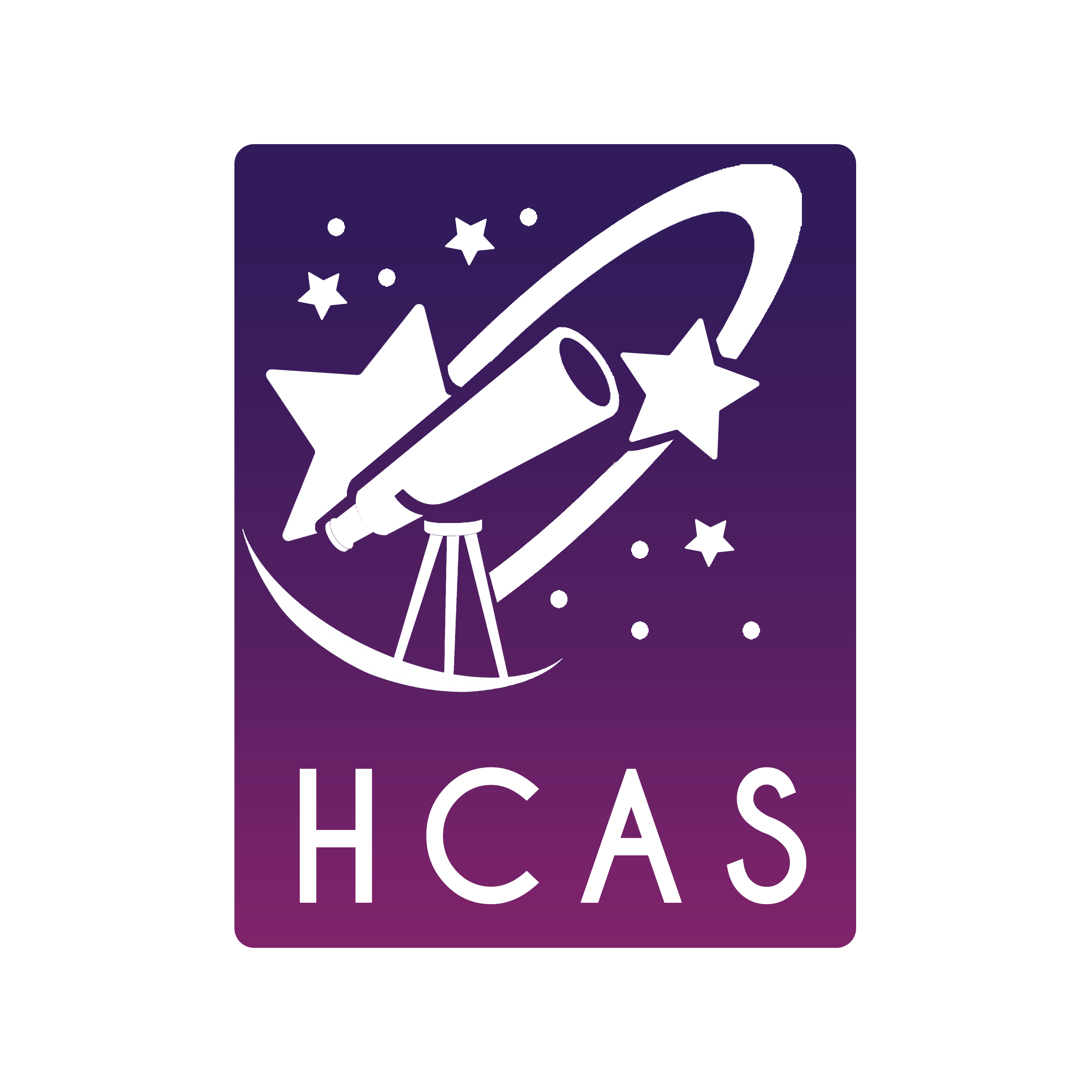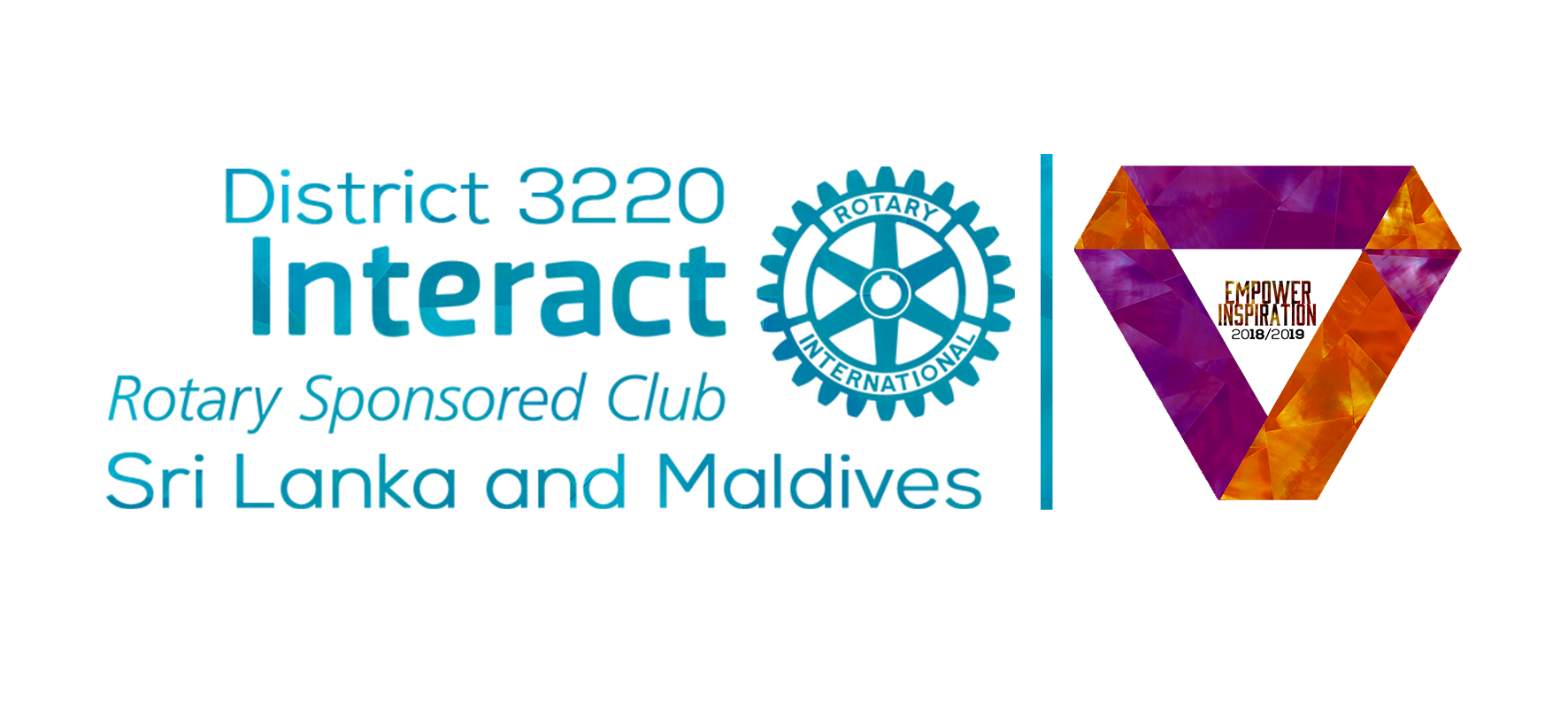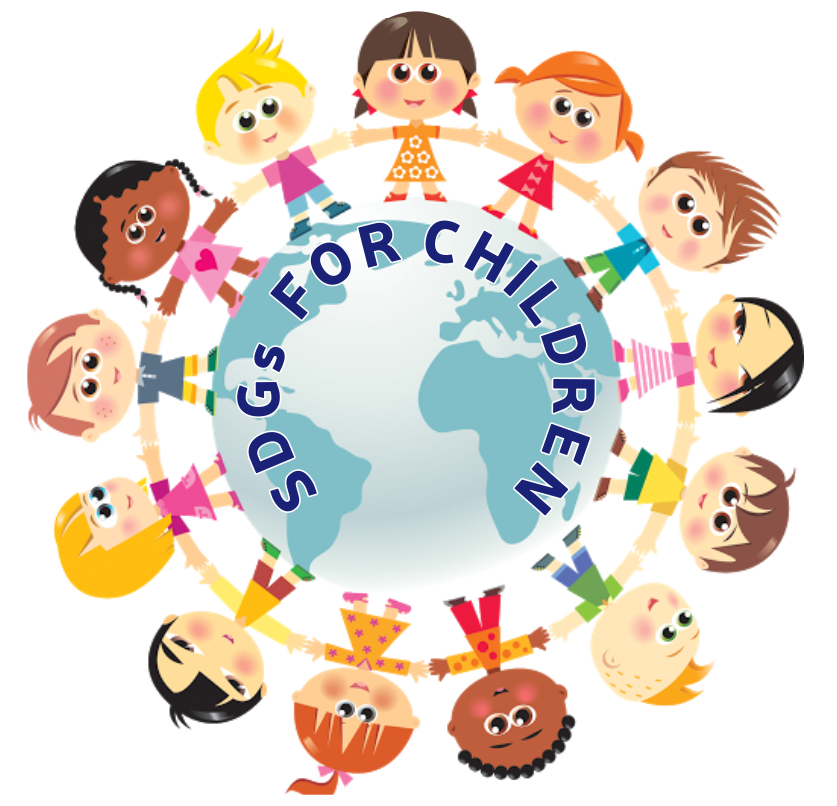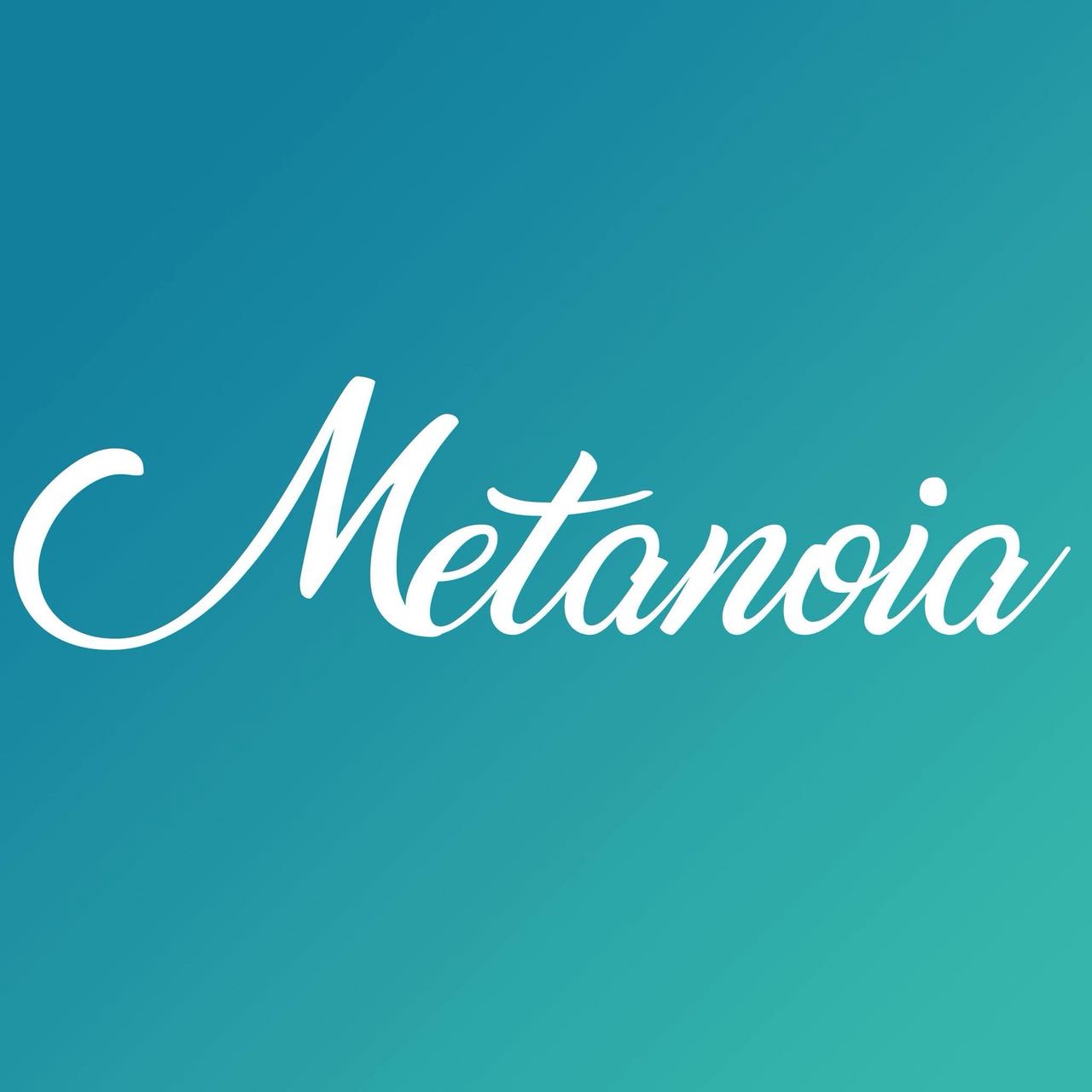What are Sustainable Development Goals?
In September 2015 the Heads of States and Governments agreed at the General Assembly of the United Nations to adopt the 2030 Agenda for Sustainable Development. These SDGs define global priorities and aspirations for 2030 to set the world on a path towards sustainable development which are a blueprint to achieve a better and more sustainable future for all of us. The goals build on the vital principle of “leaving no one behind” providing a framework for shared action “for people, planet and prosperity,” to be implemented by “all countries and all stakeholders, acting in collaborative partnership.”
No Poverty-End poverty in all its forms everywhere
Zero Hunger-End hunger, achieve food security and improved nutrition and promote sustainable agriculture
Good Health and Well-being-Ensure healthy lives and promote well-being for all at all ages
Quality Education-Ensure inclusive and equitable quality education and promote lifelong learning opportunities for all
Gender Equality-Achieve gender equality and empower all women and girls
Clean Water and Sanitation-Ensure availability and sustainable management of water and sanitation for all
Affordable and Clean Energy-Ensure access to affordable, reliable, sustainable and modern energy for all
Decent Work and Economic Growth-Promote sustained, inclusive and sustainable economic growth, full and productive employment and decent work for all
Industry, Innovation and Infrastructure-Build resilient infrastructure, promote inclusive and sustainable industrialization and foster innovation
Reduced Inequality-Reduce inequality within and among countries
Sustainable Cities and Communities-Make cities and human settlements inclusive, safe, resilient and sustainable
Responsible Consumption and Production-Ensure sustainable consumption and production patterns
Climate Action-Take urgent action to combat climate change and its impacts
Life Below Water-Conserve and sustainably use the oceans, seas and marine resources for sustainable development
Life on Land-Protect, restore and promote sustainable use of terrestrial ecosystems, sustainably manage forests, combat desertification, and halt and reverse land degradation and halt biodiversity loss
Peace and Justice Strong Institutions-Promote peaceful and inclusive societies for sustainable development, provide access to justice for all and build effective, accountable and inclusive institutions at all levels
Partnerships to achieve the Goal-Strengthen the means of implementation and revitalize the global partnership for sustainable development.
MDGs to SDGs
The SDGs replace the Millennium Development Goals (MDGs), which started a global effort in 2000 to tackle the indignity of poverty. The MDGs established measurable, universally-agreed objectives for tackling extreme poverty and hunger, preventing deadly diseases, and expanding primary education to all children, among other development priorities.
For 15 years, the MDGs drove progress in several important areas: reducing income poverty, providing much needed access to water and sanitation, driving down child mortality and drastically improving maternal health. They also kick-started a global movement for free primary education, inspiring countries to invest in their future generations. Most significantly, the MDGs made huge strides in combating HIV/AIDS and other treatable diseases such as malaria and tuberculosis.
The SDGs are a bold commitment to finish what we started, and tackle some of the more pressing challenges facing the world today. All 17 Goals interconnect, meaning success in one affect success for others. Dealing with the threat of climate change impacts how we manage our fragile natural resources, achieving gender equality or better health helps eradicate poverty, and fostering peace and inclusive societies will reduce inequalities and help economies prosper. In short, this is the greatest chance we have to improve life for future generations.
Why are SDGs important?
Sustainable development has been defined as ‘meeting the needs of the present without compromising the ability of future generations to meet their own needs’ and some of the headline statistics related to the 17 SDGs show that clearly we still have a long way to go. A third of the world’s food is wasted, yet 821 million people are undernourished; water scarcity affects more than 40 percent of the world’s population; global emissions of carbon dioxide (CO2) levels and other greenhouse gases in the atmosphere rose to new records in 2019. The list goes on.
The UN Sustainable Development Goals are all interconnected to set a framework for positive change. In doing so, they are designed to support governments and corporations to collaborate in delivering on a common agenda. From building sustainable communities and promoting better use of resources, to eliminating hunger and inequalities, each SDG enables social and environmental sustainability whilst ensuring the health of our planet and communities is protected.
Crucially, each goal has also been assigned a set of sub-targets, comprising a list of 169 targets in total, and with a number of indicators for each target, a more effective tracking of progress for sustainable development across all touchpoints of society is enabled.
Role of Youth in achieving the SDGs.
The youth play a vital role in implementing the SDGs.The youth of today hold the world of tomorrow in their hands. The youth have the vigour and the stamina to accept the challenges, overcome obstacles and honestly work for the development of the whole world and its beings. Such actions may be small on their own, but when hundreds or thousands or millions of do them, they make a massive impact.
They determine what kind of investments are made, what kind of jobs are created, what type of goods need to be produced, and what knowledge will be needed to pass on to others. They represent the chance to diversify the country’s economy towards a more sustainable path, harnessing new technology, the Internet, new services and new ways of working and communicating with others. Therefore the youth are the ladders to achieve the SDGs.



